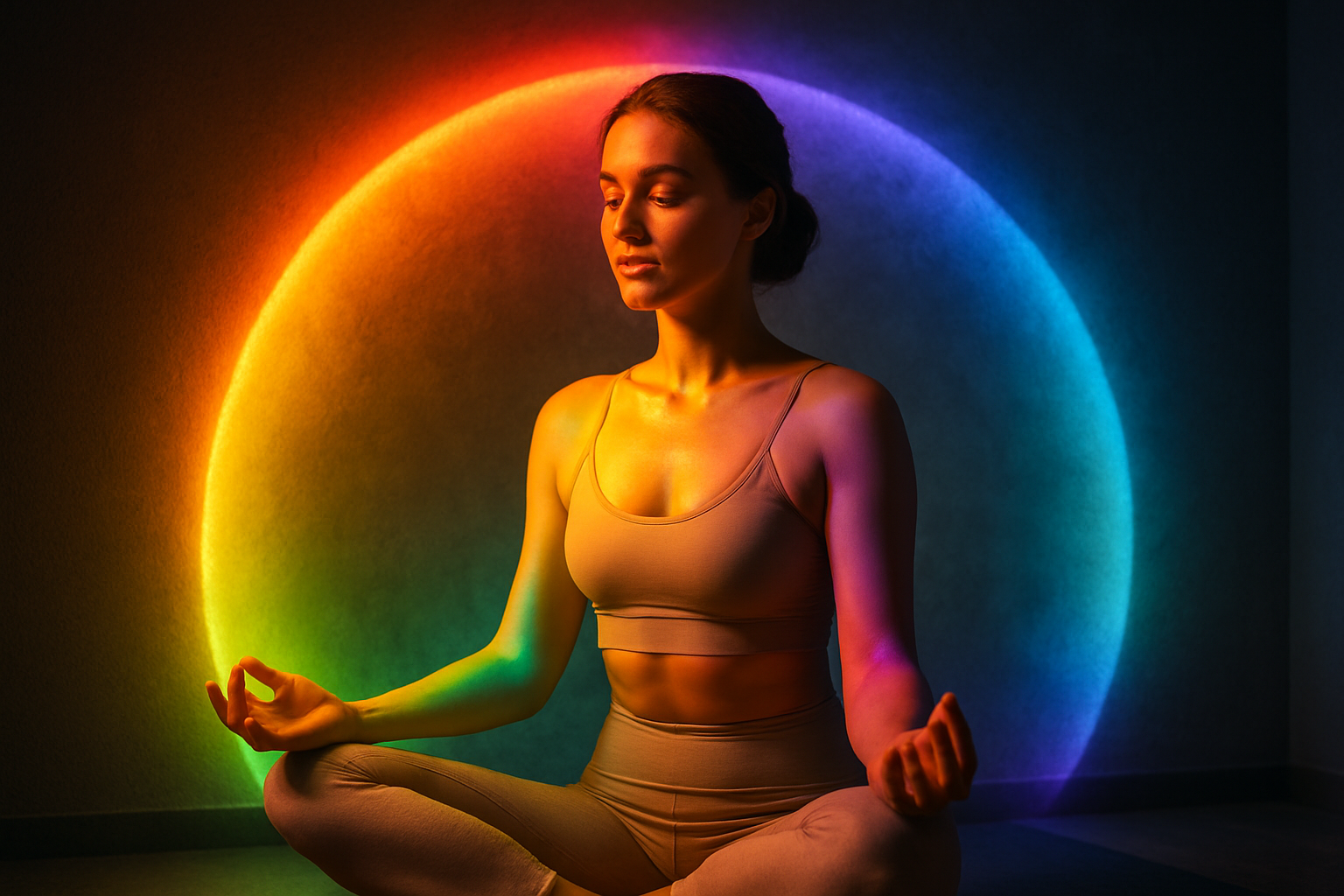Chromotherapy: The Spectrum of Wellness
In a world where beauty and fitness trends come and go, one ancient practice is making a colorful comeback. Chromotherapy, also known as color therapy, is emerging as a vibrant addition to wellness routines, offering a unique approach to physical and mental well-being. This centuries-old technique harnesses the power of color to restore balance and harmony within the body. As more people seek holistic approaches to health, chromotherapy is gaining traction in spas, wellness centers, and even home environments. Its proponents claim benefits ranging from stress reduction to improved skin health, making it a fascinating intersection of beauty, fitness, and alternative medicine. But what exactly is chromotherapy, and does it truly hold the key to a more vibrant life?

During the Islamic Golden Age, scholars such as Avicenna incorporated color therapy into their medical practices. The Renaissance period saw a resurgence of interest in color’s therapeutic potential, with figures like Paracelsus exploring its applications. However, it wasn’t until the late 19th and early 20th centuries that chromotherapy began to take shape as a more formalized practice.
The Science of Color: How Chromotherapy Works
At its core, chromotherapy is based on the principle that different colors correspond to different vibrations and energy frequencies. Practitioners believe that these frequencies can interact with the body’s own energy fields, influencing physical, emotional, and mental states. Each color is thought to have specific properties:
- Red: Associated with vitality and stimulation
- Blue: Linked to calmness and pain relief
- Green: Connected to balance and harmony
- Yellow: Believed to boost mood and cognitive function
While skeptics argue that the effects are largely placebo, some scientific studies have begun to explore the physiological impacts of color exposure. Research has shown that certain colors can influence heart rate, blood pressure, and even hormone production. For instance, exposure to blue light has been found to suppress melatonin production, affecting sleep patterns.
Modern Applications in Beauty and Wellness
In contemporary wellness circles, chromotherapy is finding its way into various treatments and products. High-end spas now offer color therapy rooms where clients are bathed in specific hues to address different concerns. LED light therapy facials, which use different colored lights to target skin issues like acne or aging, have become increasingly popular in beauty salons.
The fitness industry has also embraced chromotherapy, with some gyms and yoga studios incorporating color-changing lights into their spaces. These environments aim to enhance workout experiences by creating mood-specific atmospheres. For example, energizing red light might be used for high-intensity workouts, while calming blue light could accompany cool-down sessions.
DIY Color Therapy: Bringing the Rainbow Home
As interest in chromotherapy grows, so do options for at-home treatments. Consumer products now include color therapy shower heads, which change the color of water as it flows, and smart light bulbs that can be programmed to emit specific hues at different times of day. Some enthusiasts even practice “color breathing” exercises, visualizing different colors as they inhale and exhale to promote relaxation and focus.
Incorporating chromotherapy into daily life can be as simple as adjusting the color scheme of living spaces. Interior designers are increasingly aware of the potential impact of color on well-being, creating environments that promote specific moods or energy levels. This holistic approach to design considers not just aesthetics, but also the potential therapeutic benefits of color choices.
The Future of Chromotherapy: Blending Tradition with Technology
As technology advances, the future of chromotherapy looks increasingly sophisticated. Virtual reality experiences are being developed that immerse users in color-rich environments, potentially offering more intense and targeted therapy sessions. Wearable devices that monitor physiological responses to color exposure could allow for personalized chromotherapy regimens.
However, as with many alternative therapies, chromotherapy faces challenges in gaining widespread acceptance in the medical community. While anecdotal evidence abounds, more rigorous scientific studies are needed to fully understand and validate its effects. Critics argue that any benefits may be due to the general relaxation induced by pleasant environments rather than specific color influences.
Despite these challenges, the growing interest in holistic approaches to health and wellness suggests that chromotherapy will continue to evolve and find new applications. As our understanding of the mind-body connection deepens, the role of sensory experiences—including color—in promoting well-being is likely to receive increased attention.
In conclusion, chromotherapy represents a fascinating blend of ancient wisdom and modern wellness trends. While its efficacy may still be debated in scientific circles, its appeal in the realms of beauty and fitness is undeniable. As we continue to seek new ways to enhance our physical and mental well-being, the allure of harnessing the rainbow for healing remains strong. Whether viewed as a serious therapeutic tool or simply a way to add a splash of color to our wellness routines, chromotherapy invites us to see the world—and ourselves—in a new light.





